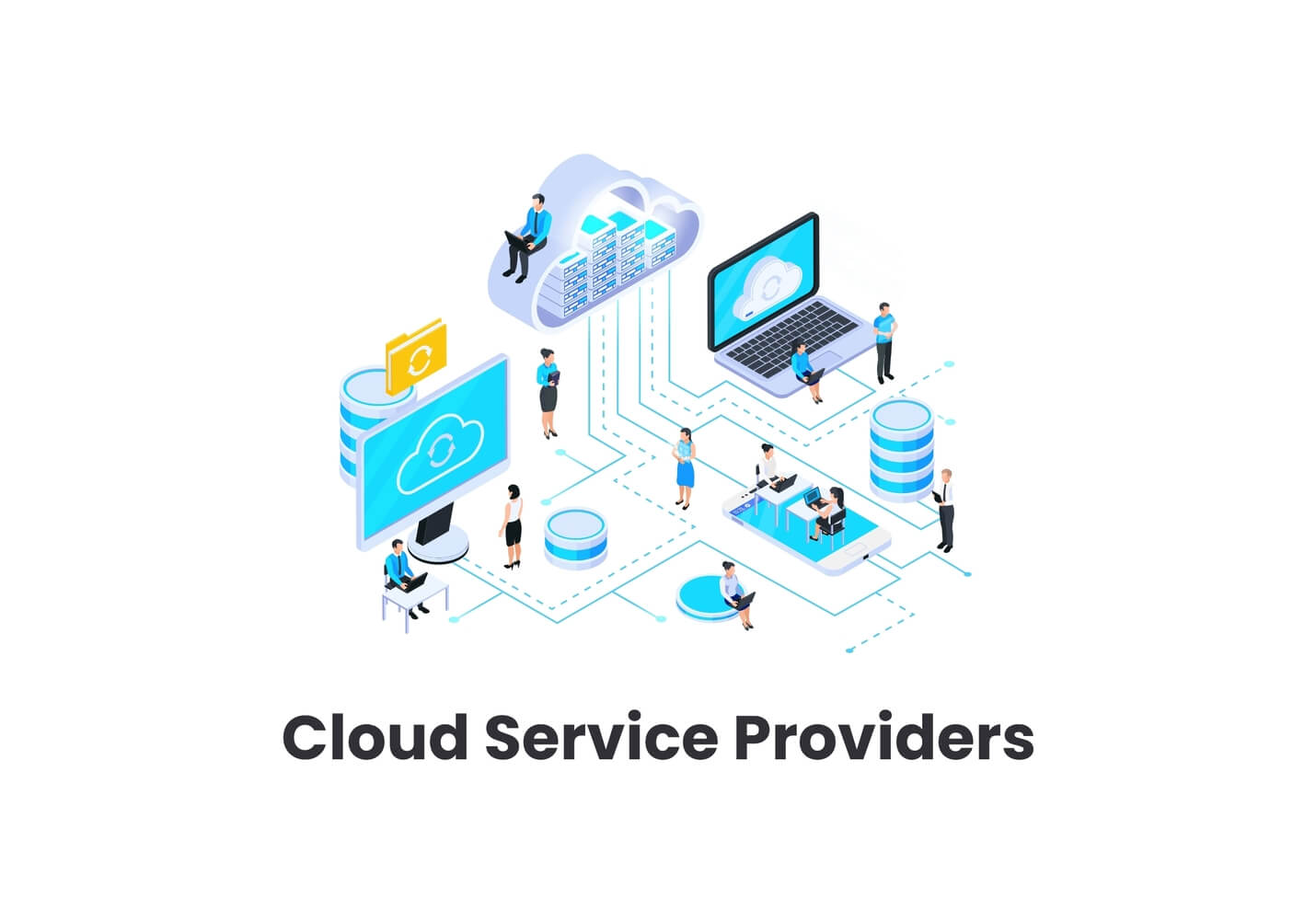Achieve Seamless Scalability With Cloud Solutions
In the ever-evolving landscape of cloud solutions, achieving smooth scalability stands as a keystone for contemporary companies looking for to remain competitive and versatile. The mission for smooth scalability with cloud solutions introduces a world of opportunities for those eager to accept the transformative power of vibrant resource administration.
Benefits of Cloud Scalability
Cloud scalability provides companies the flexibility to dynamically adjust resources based on need, making sure ideal efficiency and expense performance. One vital benefit is the capacity to range resources up or down rapidly in action to varying workloads. This dexterity allows businesses to meet changing customer requirements without over-provisioning resources, eventually resulting in cost savings. Scalability also improves performance by making sure that systems can deal with raised website traffic or workload without experiencing downtime or downturns. By successfully allocating sources, organizations can maintain high levels of efficiency throughout peak times without unneeded expenditures during quieter durations. In addition, cloud scalability advertises development and experimentation by allowing services to conveniently evaluate originalities and range them as required. This flexibility urges a society of continual improvement and adaptation, making it possible for organizations to stay competitive in a rapidly developing market landscape. Inevitably, the advantages of cloud scalability extend beyond price savings to include enhanced efficiency, agility, and innovation.
Trick Attributes for Scaling
Reliable scaling in cloud services depends on key attributes that enable organizations to adjust resources dynamically based on demand. One necessary attribute for scaling is flexibility, permitting sources to scale up or down in feedback to rising and fall workloads. This makes sure that companies can satisfy efficiency needs without over-provisioning sources. An additional key attribute is scalability, enabling systems to manage raised workload by including sources seamlessly. This function is crucial for suiting development without endangering performance. In addition, automation plays an essential function in scaling by automating the provisioning and de-provisioning of sources based upon predefined plans. Automation lowers human intervention, enhances performance, and guarantees rapid response to altering needs. Tracking and analytics tools are additionally essential for scaling, supplying insights into resource usage, efficiency metrics, and prospective traffic jams. These devices make it possible for organizations to make educated choices and optimize resource appropriation for efficient scaling. Overall, these key functions collectively equip organizations to accomplish smooth scalability in cloud services.
Implementing Auto-Scaling Techniques
To efficiently enhance source allowance and adapt to varying workloads, companies must tactically apply auto-scaling approaches in their cloud services facilities. Auto-scaling allows systems to automatically readjust the number of calculate resources based on real-time demand. There are various auto-scaling methods that companies can use, such as anticipating scaling, which uses historical data to anticipate future source needs, and responsive scaling, which reacts to existing workload changes.

Best Practices for Scalability
For companies aiming to enhance their scalability in cloud services, executing finest practices is crucial for ideal efficiency and source administration. One click for info trick finest method is designing applications with a microservices style. This method breaks down applications into smaller, independent services that can be released, updated, and scaled separately, enabling greater versatility and scalability.
One more important practice is utilizing containerization modern technology, such as Docker or Kubernetes. Containers make it possible for the product packaging of applications and their dependences into isolated systems, making it simpler to scale elements independently and deploy them constantly throughout different atmospheres.
Additionally, carrying out automated deployment and infrastructure as code (IaC) can streamline scalability initiatives (linkdaddy cloud services). Automation devices like Terraform or Ansible assistance in provisioning and taking care of resources effectively, lowering hand-operated errors and enabling quick scalability
Moreover, monitoring performance metrics, setting up notifies, and performing normal capability preparation are crucial practices to ensure positive scalability monitoring. By adhering to these best practices, organizations can attain smooth scalability in their cloud services while optimizing performance and source usage.
Monitoring Efficiency Metrics
When evaluating the efficiency of cloud solutions scalability, carefully monitoring performance metrics is critical for making certain optimal functionality and resource allowance. By constantly tracking crucial performance indicators (KPIs) such as reaction times, source, latency, and throughput use, companies can obtain beneficial understandings right into the wellness and efficiency of their cloud infrastructure. Keeping an eye on efficiency metrics allows for the very early discovery of potential traffic jams or problems that could influence scalability, enabling positive measures to be required to resolve linked here them prior to they escalate.

Verdict
Finally, achieving seamless scalability with cloud solutions is essential for organizations to maximize efficiency, boost advancement, and keep high performance degrees during peak times. By leveraging the advantages of cloud scalability, implementing auto-scaling techniques, using key functions such as elasticity and automation, and complying with ideal practices like application design and efficiency monitoring, organizations can efficiently scale their systems while optimizing resource usage and efficiency.
The quest for smooth scalability with cloud solutions reveals a world of possibilities for those prepared to embrace the transformative power of dynamic source management.
Cloud scalability provides companies the flexibility to dynamically adjust resources based on demand, guaranteeing optimum performance and cost efficiency. Another essential function is scalability, making it possible for systems to handle enhanced workload by including resources seamlessly.For organizations intending to improve their scalability in cloud services, implementing finest methods is critical for optimum efficiency and resource administration.When assessing the efficiency of cloud solutions scalability, closely keeping an eye on efficiency metrics is essential for ensuring optimum performance and source allotment.